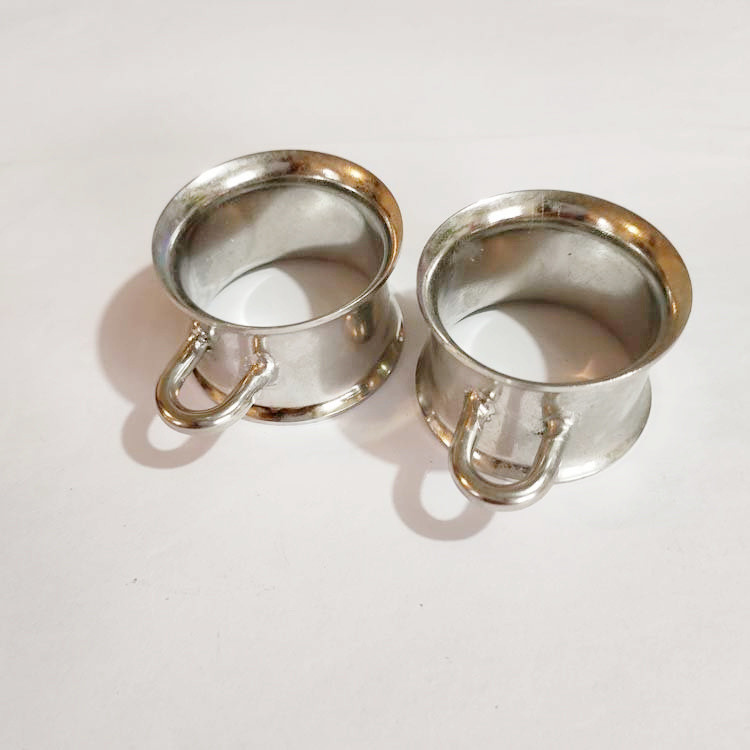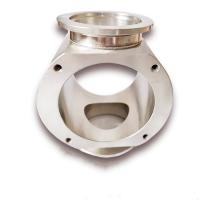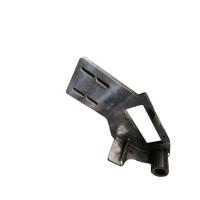| Sign In | Join Free | My himfr.com |
|
| Sign In | Join Free | My himfr.com |
|
| Ask Lasest Price | |
| Brand Name : | HaoXinCheng |
| Model Number : | Metal Welding Parts |
| Certification : | CE & ISO |
| Price : | Negotiable |
| Payment Terms : | L/C, D/A, D/P, T/T |
| Supply Ability : | 5000000Pcs/Per Month |
| Delivery Time : | 7~15 working days |
Precision CNC Machining Welding Stamping Sheet Metal Parts
There are more than 40 kinds of metal welding methods, mainly divided into three categories: fusion welding, pressure welding and brazing:
fusion welding
Fusion welding is a method in which the workpiece interface is
heated to a molten state during the welding process, and the
welding is completed without pressure. During fusion welding, the
heat source rapidly heats and melts the interface of the two
workpieces to be welded to form a molten pool. The molten pool
moves forward with the heat source, and after cooling, a continuous
weld is formed to connect the two workpieces into one.
In the fusion welding process, if the atmosphere is in direct
contact with the high temperature molten pool, the oxygen in the
atmosphere will oxidize the metal and various alloying elements.
Nitrogen, water vapor, etc. in the atmosphere enter the molten
pool, and also form defects such as pores, slag inclusions, and
cracks in the weld during the subsequent cooling process,
deteriorating the quality and performance of the weld.
In order to improve the welding quality, various protection methods
have been developed. For example, gas shielded arc welding is to
use argon, carbon dioxide and other gases to isolate the atmosphere
to protect the arc from being oxidized during welding and avoid the
formation of defects; for example, when welding steel,
titanium-iron powder with a high affinity for oxygen is added to
the electrode coating. Deoxidation can protect the beneficial
elements such as manganese and silicon in the electrode from being
oxidized and entering the molten pool, and high-quality welds can
be obtained after cooling.
pressure welding
Pressure welding is to achieve atomic bonding between two
workpieces in a solid state under pressure, also known as solid
state welding. The commonly used pressure welding process is
resistance butt welding. When the current passes through the
connecting end of the two workpieces, the temperature of the place
rises due to the large resistance. When heated to a plastic state,
the connection becomes one under the action of axial pressure.
A common feature of various pressure welding methods is the
application of pressure without filler material during the welding
process. Most pressure welding methods, such as diffusion welding,
high frequency welding, cold pressure welding, etc., do not have a
melting process, so there is no burning of beneficial alloying
elements like fusion welding, and the problem of harmful elements
intruding into the weld, thereby simplifying the welding process.
Improved welding safety and hygiene conditions. At the same time,
because the heating temperature is lower than that of fusion
welding and the heating time is shorter, the heat affected zone is
small. Many materials that are difficult to weld by fusion welding
can often be welded into high-quality joints with the same strength
as the base metal by pressure welding.
Brazing
Brazing is to use a metal material with a lower melting point than
the workpiece as the solder, heat the workpiece and the solder to a
temperature higher than the melting point of the solder and lower
than the melting point of the workpiece, and use the liquid solder
to wet the workpiece, fill the interface gap, and realize the
connection with the workpiece. The interdiffusion of atoms to
achieve the method of welding.
Product parameters:
| Material | Aluminum, stainless steel, copper, brass, galvinized etc. |
| Size | Customized |
| Surface treatment | Powder coating, eletroplating, oxide,anodization |
| Technics | laser cut, bend, weld, stamp |
| Sample | Need to pay sample fee |
| Certification | ISO9001:2015 |
| OEM | Accept |
| Drawing Format | 3D/CAD/Dwg/IGS/STP |
| Color | Customized |
| Application | Appliance, Auto, Building, Capital equipment, Energy, Instrumentation, Medical device, Telecommunications |





|




